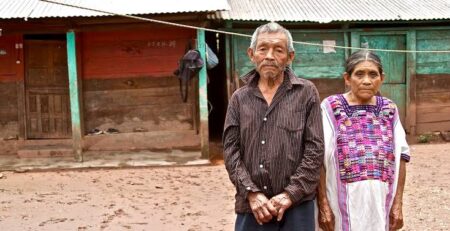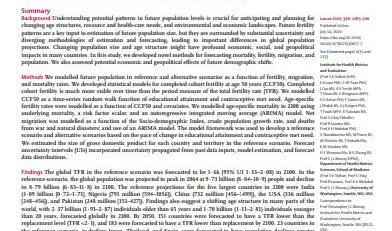Graying of U.S. Bankruptcy: Fallout from Life in a Risk Society
By Deborah Thorne (University of Idaho), Pamela Foohey (Indiana University Maurer School of Law), Robert M. Lawless (University of Illinois College of Law) & Katherine M. Porter (University of California – Irvine School of Law)
The social safety net for older Americans has been shrinking for the past couple decades. The risks associated with aging, reduced income, and increased healthcare costs, have been off-loaded onto older individuals. At the same time, older Americans are increasingly likely to file consumer bankruptcy, and their representation among those in bankruptcy has never been higher. Using data from the Consumer Bankruptcy Project, we find more than a two-fold increase in the rate at which older Americans (age 65 and over) file for bankruptcy and an almost five-fold increase in the percentage of older persons in the U.S. bankruptcy system. The magnitude of growth in older Americans in bankruptcy is so large that the broader trend of an aging U.S. population can explain only a small portion of the effect. In our data, older Americans report they are struggling with increased financial risks, namely inadequate income and unmanageable costs of healthcare, as they try to deal with reductions to their social safety net. As a result of these increased financial burdens, the median senior bankruptcy filer enters bankruptcy with negative wealth of $17,390 as compared to more than $250,000 for their non-bankrupt peers. For an increasing number of older Americans, their golden years are fraught with economic risks, the result of which is often bankruptcy.
Source: ssrn










